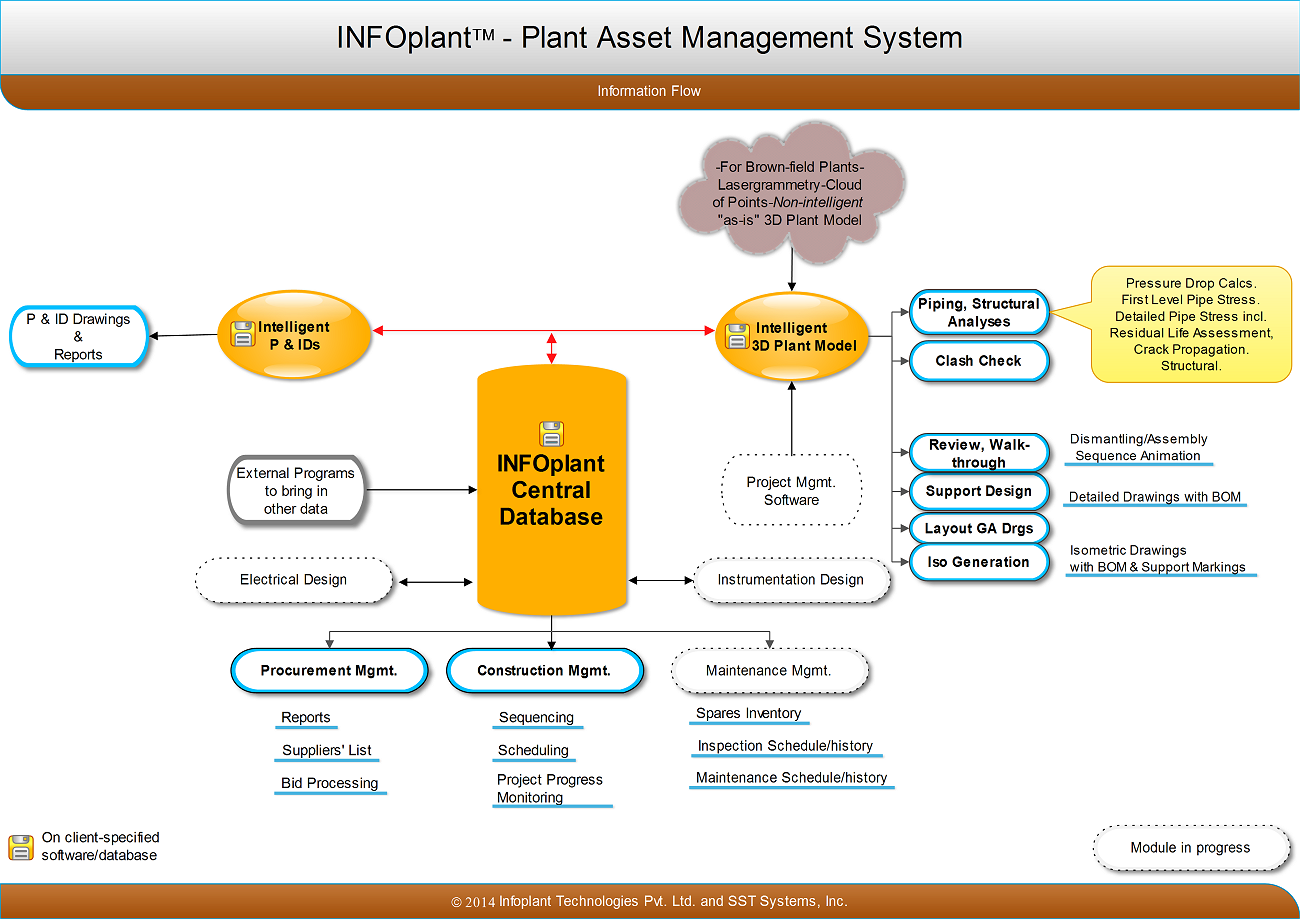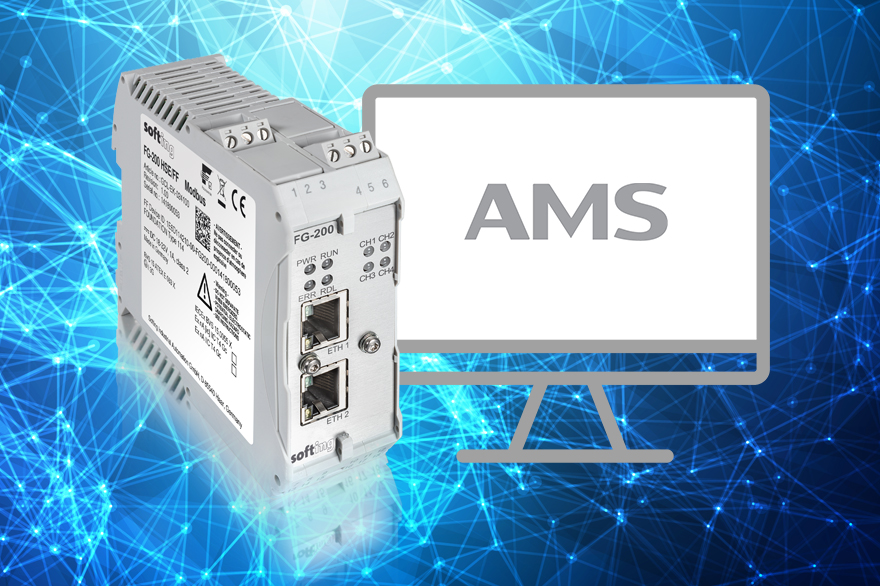Plant Assets What Are They, Examples, Accounting

In cases where this is not possible and the cost of moving is substantial, it is capitalized and depreciated appropriately over the period during which it makes a contribution to operations. (g) Cost of plywood partitions erected in the remodeling of the office. This is a part of the remodeling cost and may be capitalized plant asset as part of the remodeling itself is of such a nature that it is an addition to the building and not merely a replacement or repair. This seems more in the nature of a repair than anything else and as such should be treated as an expense. PP&E may be liquidated when a company is experiencing financial difficulties.
- This cost is objective, verifiable, and the best measure of an asset’s fair market value at the time of purchase.
- In the end, be careful to distinguish between asset types both on the balance sheet and in practice.
- This specialized approach is essential for operations with significant capital investments, as it can dramatically reduce costs, improve productivity, and extend the lifespan of crucial assets.
- This might be a single storefront site for smaller companies or numerous locations or buildings for bigger enterprises.
- Therefore, the company would record the machine at £110,000 as the initial cost.
- Plant assets, also known as property, plant, and equipment (PP&E), are tangible assets with a useful life of more than one year.
Questions about the article? Let us help!
Examples of noncurrent assets include investments in other companies, intellectual property (e.g. patents), and property, plant and equipment. Accumulated depreciation is an asset account with a credit balance known as a long-term contra asset account that is reported on the balance sheet under the heading Property, Plant and Equipment. However, a more realistic figure for cost of equipment results if the plant asset account is charged for overhead applied on the same basis and at the same rate as used for production.
Types of Assets

Selling property, plant, and equipment to fund business operations may signal financial trouble. Companies can also borrow from their PP&E as a floating lien, meaning the equipment can be used as collateral for a loan. Current assets are short-term assets like inventory and are likely to be converted into cash within one year. This includes purchase price, shipping costs, installation charges and any other costs directly attributable to bringing the asset to its working condition. Plant assets, also known as property, plant, and equipment (PP&E), are tangible assets with a useful life of more than one year.
Introduction to Plant Assets
Property, plant and equipment includes bearer plants related to agricultural activity. Monte Garments is a factory that manufactures different types of readymade garments. The company also has a printing press for printing customized merchandise with brand designs. A new press technology has just launched in the market, and the company owner decided to acquire the machine.
What PP&E Value Means
Though plant assets are sometimes seen as expensive, not all have the same value or are prioritized by a company. This would include long term assets such as buildings and equipment used by a company. Plant assets (other than land) will be depreciated over their useful lives. Compared to Exxon’s total assets of over $354 billion for the period, PP&E made up the vast majority of total assets.
The IASB is supported by technical staff and a range of advisory bodies. Each of these types is classified as a depreciable asset since its value to the company and capacity to generate income diminishes during the asset’s useful life. Making continual improvements and continuously reviewing the quality of assets is an important part of keeping a company healthy. Improvements should be done on a regular basis or when a scenario necessitates intervention to extend the life of assets and avoid future issues with their capacity to serve a business. Improvement for one company will very certainly differ dramatically from that of another. This is crucial to consider when buying land for a business since it might mean the difference between a long-term profit or loss.
Some of the company’s fixed assets include oil rigs and drilling equipment. Current assets are expected to be used within a year or short-term time frame. Current assets typically include cash, inventory, accounts receivable, and other short-term liquid assets. In contrast, plant assets represent long-term property expected to be around for at least a year, often quite a bit longer than that. While they’re most definitely both considered part of the asset category, current assets and plant assets don’t share all that much in common.
Purchases of PP&E are a signal that management has faith in the long-term outlook of its company. Although PP&E are vital to the long-term success of many companies, they are also capital intensive. Analysts monitor a company’s investments in PP&E and any sale of its fixed assets to help assess financial difficulties. From an accounting perspective, plant assets are typically held on the balance sheet at historical cost (what the company paid for them) less depreciation (ongoing wear-and-tear expense) over time. This can help provide accurate financial information if the market for plant assets is unusually volatile.
